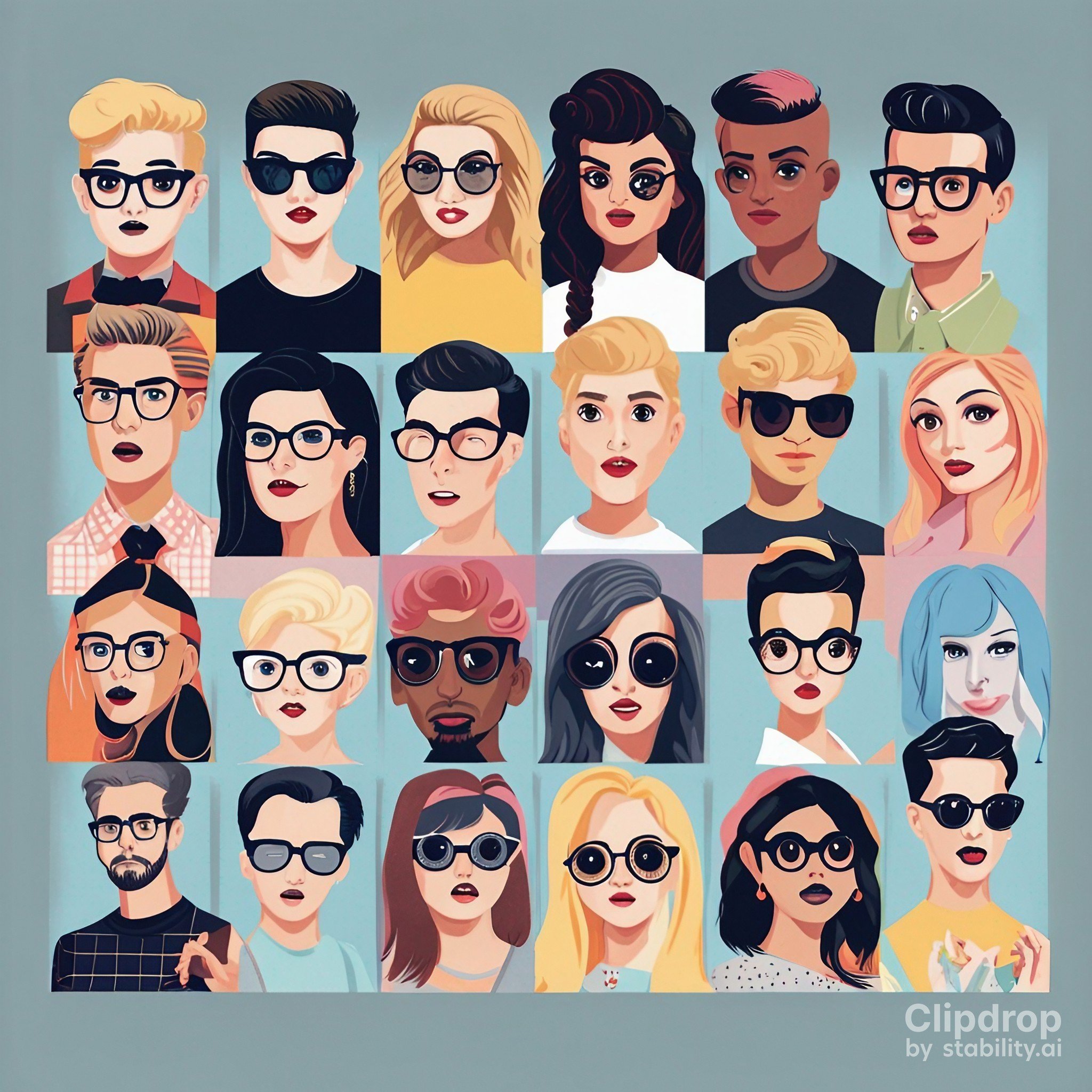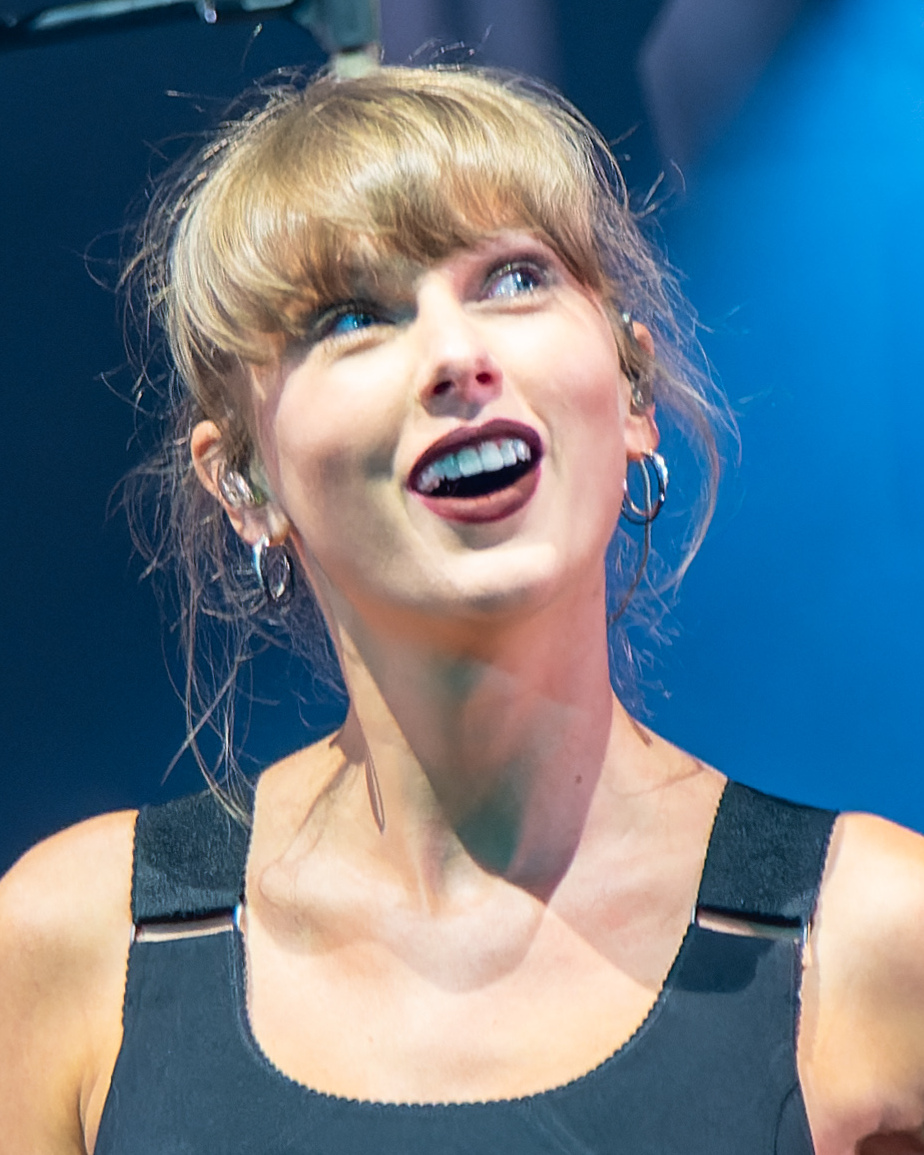Are Chinese vehicles up to European safety standards? Could you share the characteristics of the vehicles you are referring to?
Euro NCAP (European New Car Assessment Programme) is an independent organization that evaluates the safety of new cars in Europe. Here are some key aspects of the vehicles they assess:
-
Crashworthiness:
- Frontal Impact: Assesses protection for occupants in a head-on collision.
- Side Impact: Evaluates protection in a side collision.
- Pole Impact: Tests the car’s safety when it crashes into a rigid pole.
-
Safety Assist Technologies:
- Autonomous Emergency Braking (AEB): Tests the vehicle’s ability to automatically brake to prevent or mitigate a collision.
- Lane Keeping Assist (LKA): Evaluates systems that help keep the vehicle in its lane.
- Speed Assistance: Assesses systems that help drivers comply with speed limits.
-
Pedestrian and Vulnerable Road User Protection:
- Evaluates how well the car protects pedestrians in case of an impact.
- Tests include pedestrian head, pelvis, and leg impacts.
-
Rescue and Extrication:
- Examines how easily occupants can be rescued after a crash.
- Assesses availability of information for emergency services.
-
Child Occupant Protection:
- Tests the safety features for child passengers.
- Uses child dummies in various seating positions to evaluate protection.
-
Driver and Passenger Protection:
- Evaluates protection levels for both the driver and adult passengers.
- Includes assessment of airbags, seat belts, and overall structural integrity.
-
Post-Crash Safety:
- Assesses features that assist after a crash, such as eCall systems that automatically alert emergency services.
These characteristics highlight the comprehensive approach Euro NCAP takes to evaluate the safety of vehicles sold in Europe.









Have you ever tried using an ozone generator in the refrigerator? A colleague of mine said that vegetables stay fresh much longer, but I wasn’t convinced.